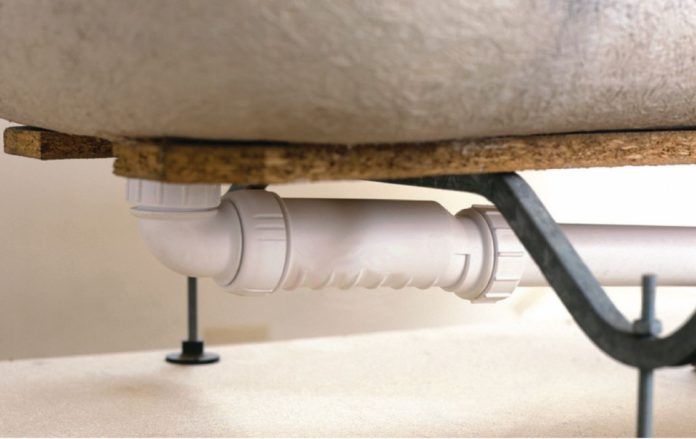
With the Covid-19 pandemic placing sanitation at the forefront of the public agenda, it’s natural that we re-evaluate the hygiene of our living and working spaces. Aside from regular cleaning and the provision of hand sanitiser, one of the little known ways you can help prevent the spread of viruses is actually through the building’s drainage system – in particular, the use of waterless traps. Here, Steve Skeldon, above ground product manager at Wavin’s Osma brand, explains how.
After the 2003 SARS epidemic in 2003, the World Health Organisation and the Hong Kong Health Authority conducted an investigation into a building that had experienced a significant outbreak to get to find out the cause. Interestingly, they found that the virus had spread through pipework in the building via wastewater and dried out water traps. While this is a relatively unknown fact, it’s one with huge relevance as we aim to control the spread of coronavirus in 2020.
THE TROUBLE WITH WATER TRAPS
Typically, water traps would prevent the spread through pipes by maintaining water seal in the u-bend, thereby forming a protective barrier to stop noxious gases, germs and virus-contaminated particles, or ‘aerosols’, from entering the occupied spaces of a building.
However, without appropriate maintenance and regular use, traditional water traps can fail by losing their water seal and drying out. This is especially common in the current climate where buildings such as offices and holiday homes have been left for long periods of time. When this occurs, protection is lost and foul air can enter into the building, potentially bringing harm to occupants.
A MORE HYGIENIC SOLUTION
A waterless trap, like our HepvO, offers a solution to these problems. It provides a permanent, watertight protection due to the self-sealing elastomeric membrane that is used instead of a traditional water seal. The membrane has been developed so that as water enters the silicone valve, the membrane opens and stays open until the flow stops – eradicating the need for stagnant water. As the trap cannot dry out, HepvO helps reduce the risk of viruses and germs entering the building via pipework.
Additionally, waterless traps can be installed vertically or horizontally, meaning they are suitable for a wide range of plumbing applications, from showers to kitchen sinks. The straight-through design also limits the build-up of waste material and ensures an outstanding flow, reducing the risk of blockages and the costly maintenance work required to resolve them.
By understanding the benefits of waterless traps, you can truly go the distance for your customers by offering them a more effective and hygienic solution for their drainage needs.
For more information on Wavin’s HepvO waterless trap, visit here
